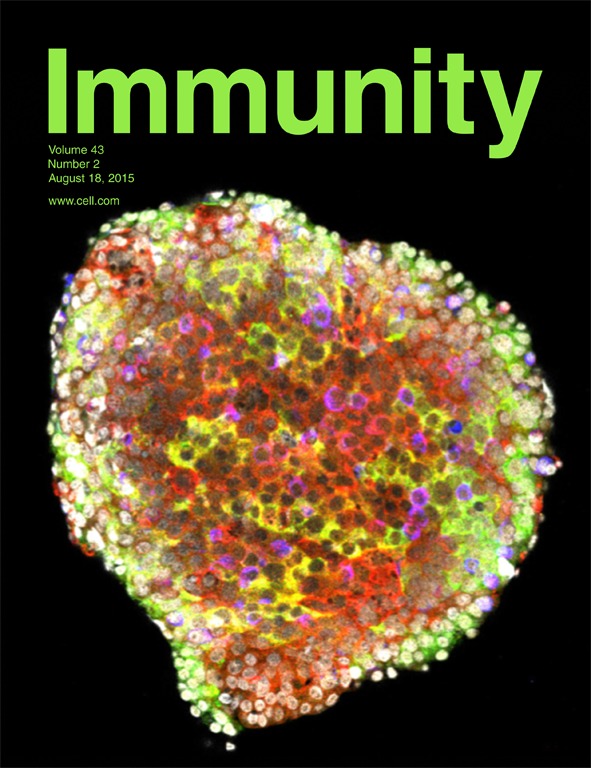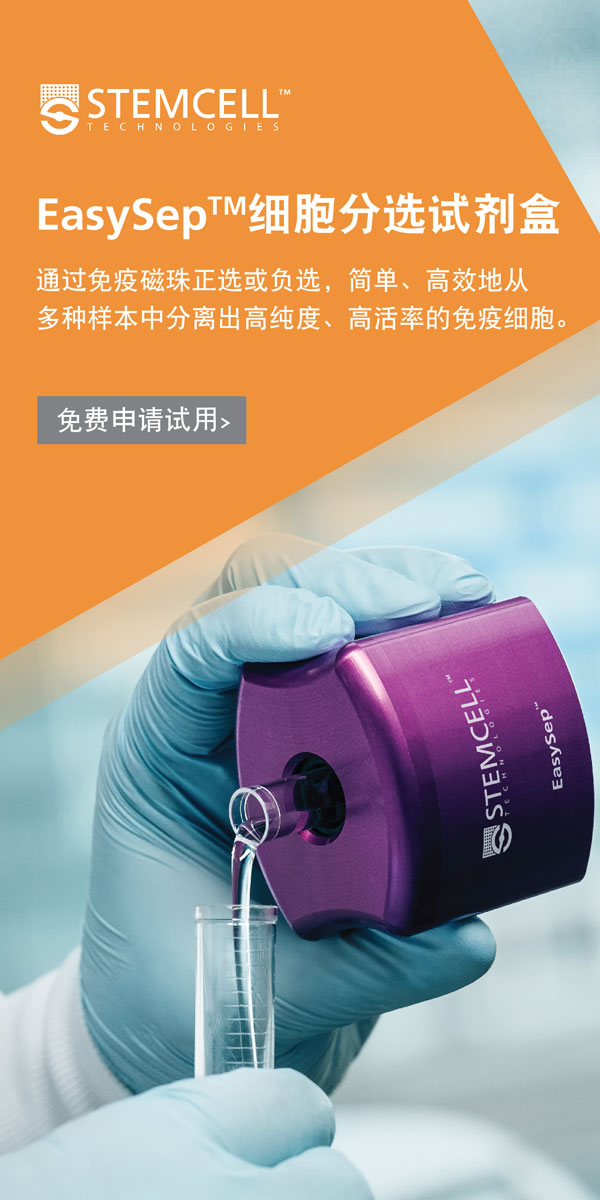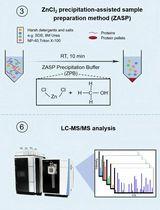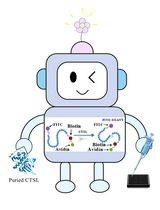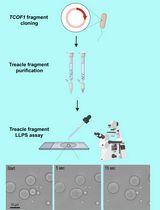- EN - English
- CN - 中文
Preparation of Protein-containing Extracts from Microbiota-rich Intestinal Contents
从带有微生物的肠道内含物中制备蛋白提取物
发布: 2016年09月20日第6卷第18期 DOI: 10.21769/BioProtoc.1936 浏览次数: 10933
评审: Ivan ZanoniSavita NairRon Saar-Dover
Abstract
The contribution of microbiota in regulating multiple physiological and pathological host responses has been studied intensively in recent years. Evidence suggests that commensal microbiota can directly modulate different populations of cells of the immune system (e.g., Ivanov et al., 2008; Atarashi et al., 2011). Recently, we showed that protein extracts from gut commensal microbiota can activate retina-specific T cells, allowing these autoreactive T cells to then break through the blood-retinal barrier and trigger autoimmune uveitis in the recipient (Horai et al., 2015). The protocol below describes the method to prepare intestinal protein-rich extracts that can be used in various in vitro and in vivo immunological studies.
Keywords: Microbiota (微生物)Background
Intestinal microbiota represent a complex community of microbes that provide a wide variety of innate and adaptive stimulants. Their isolation and purification from stool samples has been performed and protocols have been published (Mueller and Pan, 2013; Verberkmoes et al., 2009; Tanca et al., 2014; Xiong et al., 2015a; Xiong et al., 2015b). Most of these protocols have been developed with the aim of performing proteomic studies for characterization of the microbiota. Consequently, although they emphasize protein yield and purity, they are time consuming and may include a protein denaturating step that affects protein structure (Verberkmoes et al., 2009) or use reagents (i.e., sodium azide, SDS, phenol) that are incompatible with subsequent cell culture based assays (Tanca et al., 2014; Xiong et al., 2015a; Xiong et al., 2015b). These characteristics are not desired when functional immunological assays are intended to be performed with the extracted proteins.
We have developed a simple and fast method that can be used to obtain protein-rich extracts from different areas of the intestine as well as from stool samples. The protocol does not include denaturating steps and the protein-rich extracts can be used in different in vitro and in vivo immunological assays with live cells, including T cell stimulation for proliferation and for adoptive transfer (see Data analysis section).
Materials and Reagents
- 50 ml centrifuge tubes (Corning, Falcon®, catalog number: 352070 )
- 15 ml centrifuge tubes (Corning, Falcon®, catalog number: 352095 )
- 100 mm culture dish (Corning, Falcon®, catalog number: 353003 )
- Sterile 12 ml syringe (COVIDIEN, MonojectTM, catalog number: 8881512878 )
- 23 G x 1” needle (COVIDIEN, MonojectTM, catalog number: 8881200383 )
- 3 ml sterile syringe (COVIDIEN, MonojectTM, catalog number: 8881513934 )
- Sterile 1 ml syringe (COVIDIEN, MonojectTM, catalog number: catalog number: 8881501400 )
- 1.5 ml microtubes (Eppendorf, catalog number: 022-36-411-1 )
- Syringe filter 0.22 μm, polyethersulfone, 33 mm, gamma sterilized (EMD Millipore, catalog number: SLGV033RS )
- Sterile 1x PBS (Thermo Fisher Scientific, GibcoTM, catalog number: 10010-023 )
- PierceTM Coomassie plus Bradford protein assay kit (Thermo Fisher Scientific, Thermo ScientificTM, catalog number: 23236 )
- 10 mg/ml aprotinin (Sigma-Aldrich, catalog number: A1153 )
- 10 mg/ml leupeptin (Sigma-Aldrich, catalog number: L9783 )
- Phenylmethylsulfonyl fluoride (PMSF) (Sigma-Aldrich, catalog number: P7626 )
- Protease inhibitor cocktail (see Recipes)
Equipment
- CO2 mouse euthanasia chamber (with flow meter) (Euthanex, model: E-20028 )
- -80 °C freezer (Thermo Fisher Scientific, Thermo ScientificTM, model: Revco UXF )
- Analytical balance (Mettler-Toledo International, model: AE50 )
- Refrigerated centrifuge (Thermo Fisher Scientific, Thermo ScientificTM, model: Legend XFR )
- Refrigerated microcentrifuge (Eppendorf, model: 5424R )
- Vortex-Genie 2
- Sonicator (Heat systems, model: XL2010 )
Procedure
文章信息
版权信息
© 2016 The Authors; exclusive licensee Bio-protocol LLC.
如何引用
Dillenburg-Pilla, P., Zárate-Bladés, C. R., Silver, P. B., Horai, R. and Caspi, R. R. (2016). Preparation of Protein-containing Extracts from Microbiota-rich Intestinal Contents. Bio-protocol 6(18): e1936. DOI: 10.21769/BioProtoc.1936.
分类
免疫学 > 粘膜免疫学 > 消化道
免疫学 > 宿主防御 > 综合
生物化学 > 蛋白质 > 分离和纯化
您对这篇实验方法有问题吗?
在此处发布您的问题,我们将邀请本文作者来回答。同时,我们会将您的问题发布到Bio-protocol Exchange,以便寻求社区成员的帮助。
Share
Bluesky
X
Copy link




